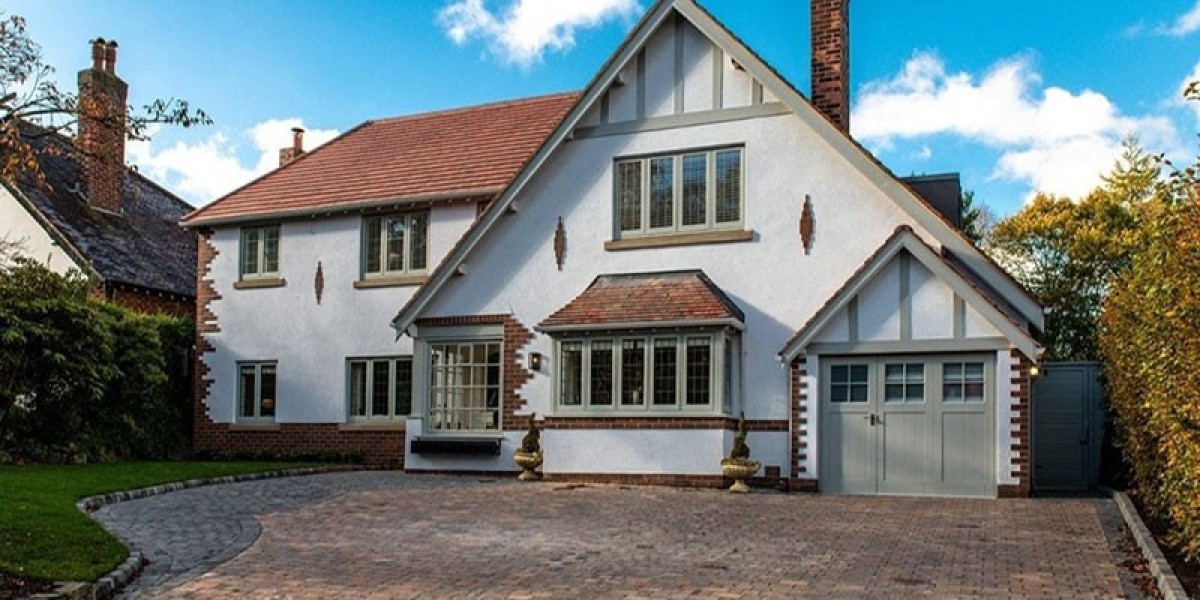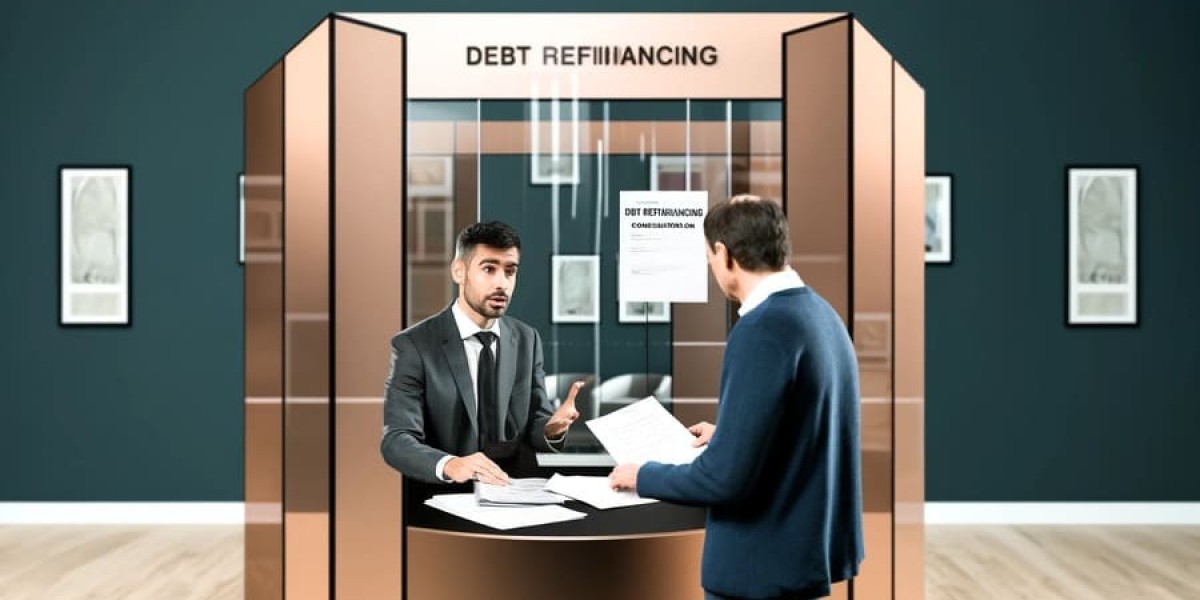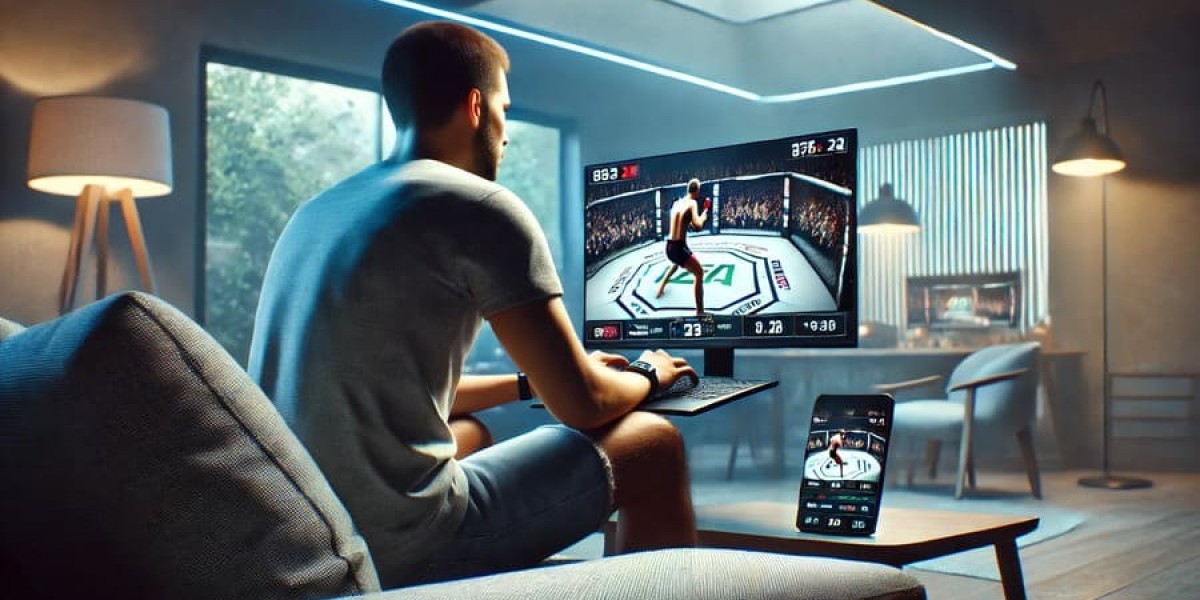Glass balustrades have become an increasingly popular choice for both residential and commercial properties, offering a perfect blend of safety, functionality, and aesthetic appeal. As a modern architectural feature, glass balustrades are often used in staircases, balconies, decks, and terraces, providing an unobstructed view while ensuring the safety of individuals. This article will explore the various aspects of glass balustrades, including their design, materials, benefits, installation, and maintenance.
Understanding Glass Balustrades
A balustrade is a railing supported by a series of posts or balusters, which serves as a protective barrier along the edges of stairs, balconies, and other elevated surfaces. Glass balustrades utilize glass panels instead of traditional materials like wood or metal. The use of glass allows for a sleek, modern look that enhances the overall aesthetic of a space while maintaining safety.
Design Options
Glass balustrades come in various designs to suit different architectural styles and personal preferences. Some common design options include:
- Frameless Glass Balustrades: This design features glass panels that are held in place by clamps or fittings, creating a seamless look without the need for frames. Frameless options are ideal for maximizing views and providing a minimalist appearance.
- Framed Glass Balustrades: In contrast, framed balustrades use a metal or wooden frame to support the glass panels. This design can add a touch of elegance and is often used in more traditional settings.
- Frosted or Tinted Glass: For those seeking privacy or a unique aesthetic, frosted or tinted glass panels can be used. These options can obscure visibility while still allowing light to filter through.
- Custom Shapes and Sizes: Glass balustrades can be customized to fit any space, including curved or angled designs. This flexibility allows for creative architectural solutions that can enhance the overall design of a property.
Materials Used
The primary material used in glass balustrades is tempered glass, which is treated to be much stronger than regular glass. Tempered glass is designed to withstand impact and is less likely to shatter upon breakage, making it an ideal choice for safety applications. Other materials that may be used in conjunction with glass include:
- Stainless Steel: Often used for fittings and supports, stainless steel is durable and resistant to corrosion, making it a popular choice for outdoor applications.
- Aluminum: Lightweight and versatile, aluminum frames can be used for both structural support and aesthetic appeal.
- Wood: In framed designs, wood can provide a warm contrast to glass, enhancing the overall look of the balustrade.
Benefits of Glass Balustrades
- Safety: Glass balustrades provide a secure barrier that prevents falls while maintaining visibility. The strength of tempered glass ensures that it can withstand significant force without breaking.
- Aesthetic Appeal: The sleek and modern appearance of glass balustrades enhances the visual appeal of any space. They create an open and airy feeling, making areas appear larger and more inviting.
- Unobstructed Views: One of the most significant advantages of glass balustrades is their ability to provide unobstructed views. This feature is particularly beneficial for properties with scenic surroundings, such as waterfronts or mountain vistas.
- Low Maintenance: Glass balustrades are easy to clean and maintain. A simple wipe with a glass cleaner is often all that is needed to keep them looking pristine.
- Versatility: Glass balustrades can be used in a variety of settings, from residential homes to commercial buildings. They can complement various architectural styles, CleanPro making them a versatile choice for any project.
Installation Process
The installation of glass balustrades requires careful planning and execution to ensure safety and compliance with building codes. Here are the general steps involved in the installation process:

- Design and Planning: Before installation, a detailed design plan should be created, taking into account the specific dimensions and requirements of the space. This plan should comply with local building codes and regulations.
- Measurement and Fabrication: Accurate measurements are crucial for the fabrication of glass panels and supporting structures. Professional fabricators will cut the glass to the specified dimensions and prepare any necessary fittings.
- Site Preparation: The installation site should be prepared by ensuring that the supporting structures (such as walls or posts) are secure and level.
- Installation of Supports: If using a framed design, the supports will be installed first. For frameless designs, the clamps or fittings will be secured to the ground or walls.
- Glass Panel Installation: The glass panels are carefully lifted and secured into place. It is essential to ensure that they are properly aligned and secured to prevent any movement.
- Final Inspection: After installation, a thorough inspection should be conducted to ensure that the balustrade meets safety standards and is secure.
Maintenance Tips
To keep glass balustrades looking their best, regular maintenance is essential. Here are some tips for maintaining glass balustrades:
- Regular Cleaning: Use a glass cleaner and a soft cloth to clean the panels regularly. Avoid using abrasive materials that could scratch the glass.
- Inspect for Damage: Periodically check for any cracks or chips in the glass. If any damage is found, it should be addressed immediately to ensure safety.
- Check Fittings: Ensure that all fittings and supports are secure. Loose fittings should be tightened promptly to maintain the integrity of the balustrade.
- Protect from Weather: For outdoor installations, consider using protective coatings to prevent corrosion of metal components and to help maintain the clarity of the glass.
Conclusion
Glass balustrades are a modern and stylish solution for enhancing safety and aesthetics in various architectural settings. With their versatility, unobstructed views, and low maintenance requirements, they have become a favored choice for many homeowners and builders. By understanding the design options, materials, benefits, and installation processes involved, individuals can make informed decisions when considering glass balustrades for their properties. As architectural trends continue to evolve, glass balustrades will undoubtedly remain a popular choice for those seeking a contemporary and elegant solution for safety and design.







